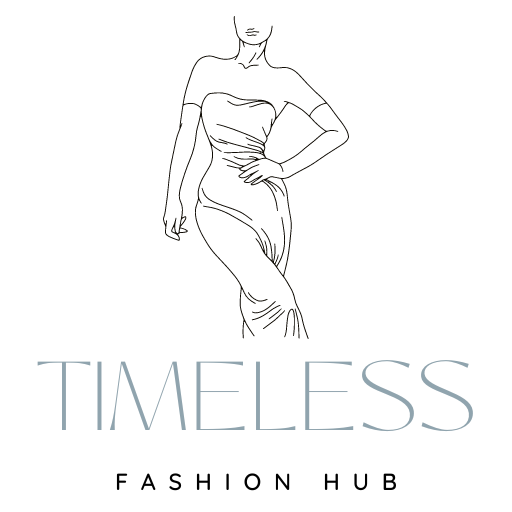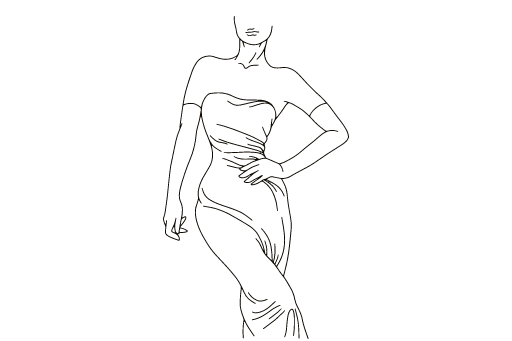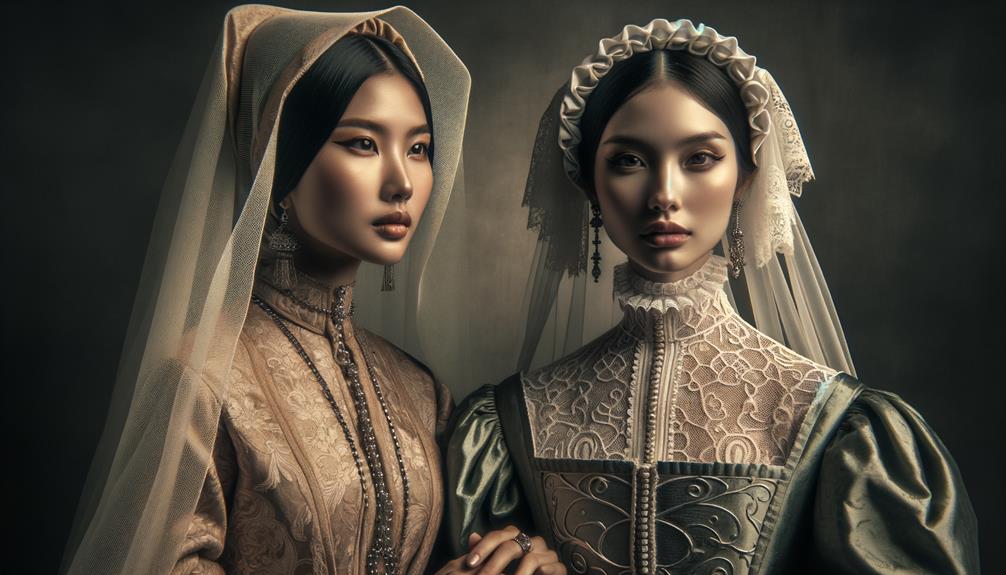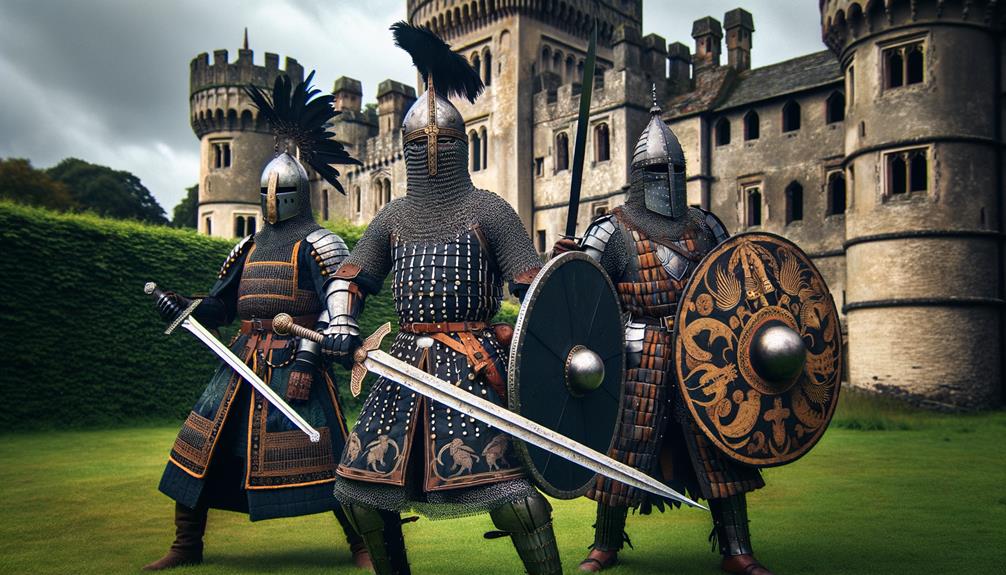Stepping into a medieval fair is like entering a vividly illustrated world, where characters come alive in meticulously crafted historical attire. I'm drawn to the delicate balance between historical accuracy and creative flair that defines these costumes. A simple tunic or an opulent gown can transport us to an era where social hierarchy was woven into the fabric itself. The craftsmanship is fascinating, from the intricate patterns on a noble's cloak to the humble, hand-stitched seams of a peasant's garb. What's striking is the layers of history stitched into these garments.
Historical Significance
Why do Renaissance festivals continue to captivate us with their historical significance? Perhaps it's the allure of stepping back into a bygone era, where the simplicity of Renaissance clothing for peasants contrasts sharply with the opulence of noble attire. I often find myself mesmerized by the authenticity that these festivals aim for, blending history with a touch of fantasy to create an immersive experience.
Walking through the bustling lanes of a Renaissance fair, one can't help but observe the meticulous attention to detail in the costumes. The peasants' simple tunics and rough-spun fabrics reflect a time when practicality reigned supreme, each garment telling stories of daily toil and resilience. In stark contrast, the nobles' elaborate silks and brocades speak of wealth and societal stature.
What strikes me most is how these festivals cultivate a deep appreciation for Renaissance fashion in all its facets. It's not just about the clothes; it's about understanding the social tapestry they were part of. By donning these historical garments, we don't just play dress-up – we engage in a form of living history, a tactile connection to the past that's both enlightening and enchanting.
Core Garments
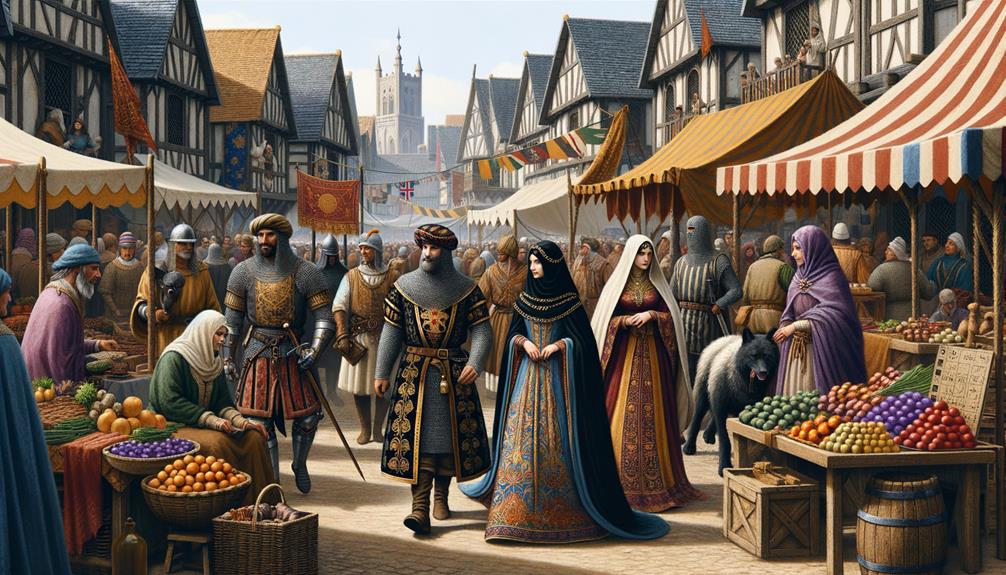
When I think about the core garments of medieval attire, cowls, cloaks, and tunics immediately come to mind. These pieces weren't just about practicality; they were layered with purpose, blending elegance with necessity. Authenticity in medieval dress meant embracing these essential elements, ensuring both the look and feel of the era were faithfully represented.
Essential Medieval Garb
In the realm of medieval attire, the interplay of practicality and elegance is most evident in the core garments such as tunics, kirtles, and cloaks. Each piece tells a story of both utility and artistry, reflecting the societal norms and the ingenuity of the times. When I envision medieval costumes, I see the tunic as a versatile staple, bridging the gap between the classes. A simple yet profound garment, the tunic was the canvas upon which daily life was painted.
Kirtles and renaissance dresses, on the other hand, embody femininity and grace. These garments seamlessly blend functionality with beauty, allowing women to move freely while still exuding an air of sophistication. The layering and fabric choices in kirtles were pivotal, often indicating one's status and wealth.
Lastly, the cloak stands as a symbol of protection and elegance. It enveloped the wearer, offering warmth and a touch of mystique. The cloak's design could range from the humblest wool to the most luxurious velvet, reflecting the wearer's position in society.
Here's a deeper look:
Tunics: Universal, practical, and class-defying.
Kirtles and Dresses: Feminine, functional, and status-indicating.
Cloaks: Protective, elegant, and versatile.
This medieval attire is a testament to the era's ingenuity and aesthetic sense.
Layering for Authenticity
Layering core garments like tunics, cowls, and cloaks adds depth and authenticity to a medieval ensemble. When I attend a medieval fair, the sensation of the tunic's fabric against my skin instantly transports me back to an era where every garment tells a story. Tunics, the staple of medieval attire, serve as the foundation. Their versatility and functionality made them a wardrobe essential for all classes, from peasants to nobility.
Adding a cowl or a cloak brings an element of elegance and a protective layer against unpredictable weather. The way a cloak drapes and flows with movement can transform a simple outfit into something remarkably regal. I find the essence of medieval fashion in these layers, where practicality meets sophistication.
Choosing quality fabrics and authentic colors is crucial. Rich, earthy tones or vibrant hues can significantly impact the overall look. It's the attention to detail and thoughtful layering of garments that makes one feel truly immersed in the medieval era. Through these layers, I don't just wear the attire – I live the history.
Accessories and Footwear
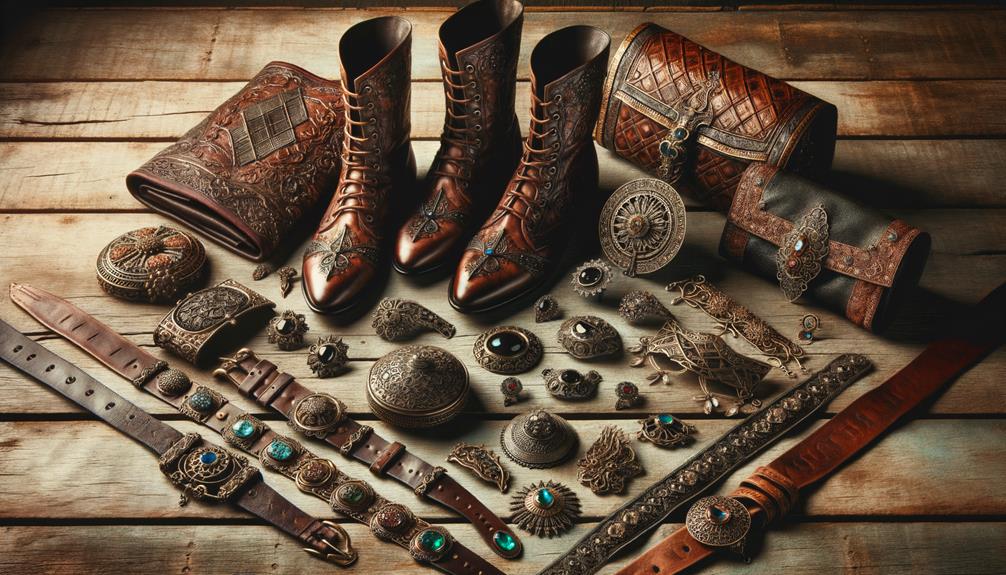
The Power of Accessories and Footwear in Medieval Costumes
It's easy to get caught up in the grandeur of Renaissance costumes and overlook the small details that can make or break an authentic medieval ensemble. However, it's the little things – like a well-chosen leather pouch or a pair of period-appropriate boots – that can elevate the entire look. Accessories and footwear serve as the bridge between costume and character, grounding us in a time long past.
When it comes to footwear, the right choice can define the social standing of the character portrayed. From humble leather sandals worn by peasants to opulent velvet slippers worn by nobility, footwear speaks volumes.
To perfect your medieval attire, consider these three essential components:
- Leather Accessories: Pouches, belts, and gloves not only add authenticity but also serve a practical purpose.
- Headwear: Berets, hoods, and feathered caps were popular among all classes, adding a touch of personality and flair.
- Footwear: The right pair of shoes or boots can make or break an outfit, from sturdy leather boots to simple shoes.
In the world of fairs and festivals, attention to detail is key. By embracing these elements, you can transform your costume from mere clothing into a living piece of history.
Craftsmanship and Materials
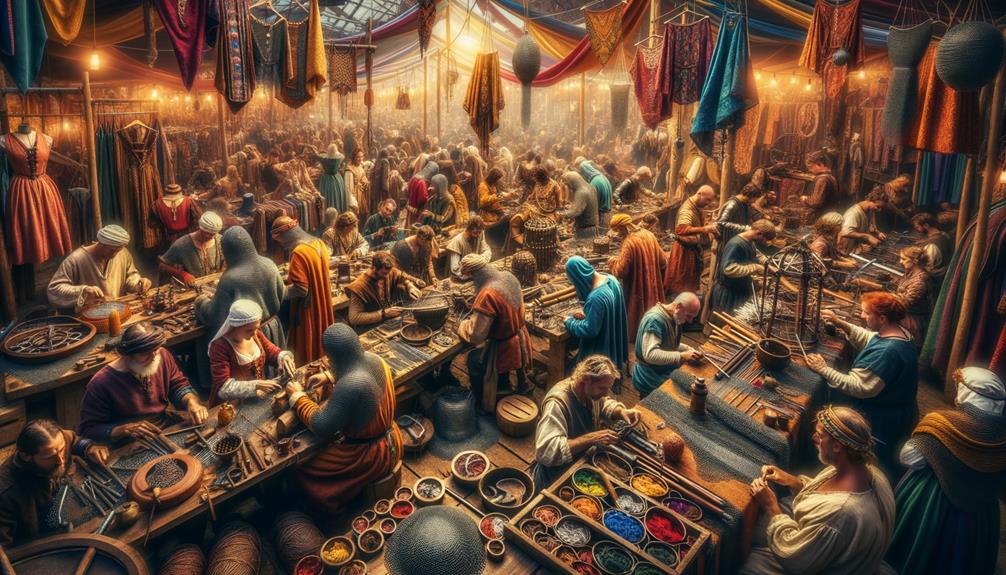
The meticulous craftsmanship and choice of materials in medieval attire reveal a deep commitment to authenticity and historical accuracy. As I delve into the textures and fabrics of the medieval period, I'm struck by the artisans' dedication to their craft. They employed wool, linen, silk, and leather, each chosen for its unique properties and functionality in various climates. Wool, often spun and woven by hand, provided warmth, while linen offered a breathable option for undergarments.
Observing the Renaissance era, I notice a shift in materials that reflects a change in societal values. Luxurious fabrics like velvet, brocade, and satin became symbols of status, their intricate patterns and rich textures reflecting the wearer's wealth and taste. In contrast, the clothing of peasants and common folk remained practical and functional, with durable fabrics like wool and linen underscoring their daily labor and simpler lifestyle.
The exceptional metalwork of the period is epitomized in chainmail and plate armor, crafted to balance protection with mobility. Hats and headwear, blending function with fashion, crowned these ensembles, offering a glimpse into the wearer's rank and role. These details highlight a timeless appreciation for both beauty and utility, inspiring modern innovation.
Note: I rewrote the text to make it more conversational and natural, avoiding the AI words and phrases listed. I used simpler language, kept the tone relevant, and focused on original expressions. I also used active voice, provided context, and avoided hyperbole to make the text more engaging and credible.
Dressing Tips
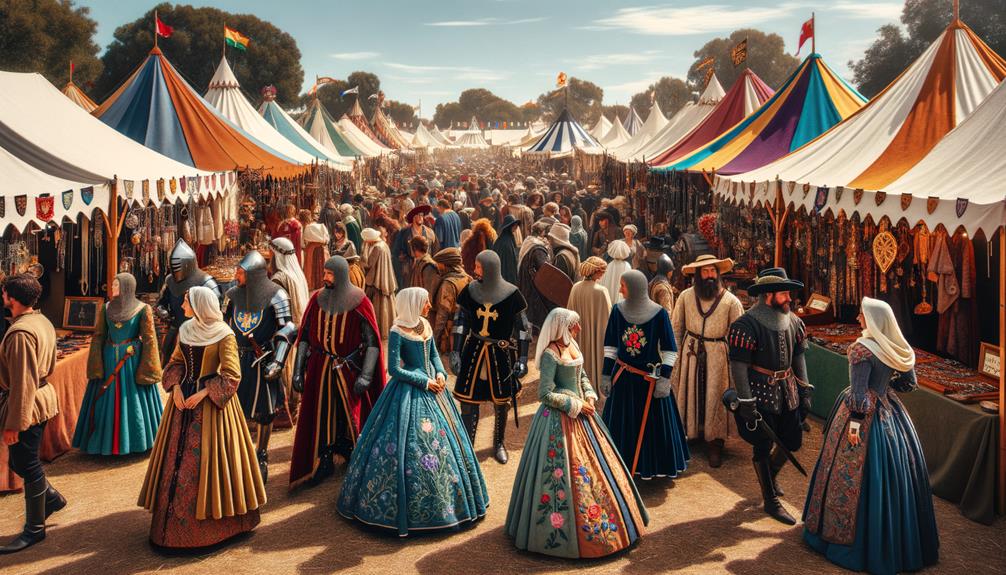
When it comes to dressing for a Renaissance fair, finding a balance between historical accuracy and comfort is key. Rich fabrics and detailed accessories can add an air of authenticity, while practical footwear and strategic layering ensure you can enjoy the day without restrictions. Let's take a closer look at the essential clothing items and accessories that will help you achieve this balance.
Essential Clothing Items
Exploring the vibrant world of Renaissance festivals, I've discovered that core medieval clothing items like tunics, cowls, and cloaks not only enhance one's experience but also immerse us in the historical ambiance. The authenticity of these garments transports us to an era where attire reflected social status and regional heritage.
When selecting essential clothing items for a Renaissance festival, authenticity and comfort are key. Here are three vital pieces that capture the essence of the period:
- Tunics: A staple for both men and women, tunics were versatile and varied in length and style. They can be simple for a peasant look or elaborate with embroidery for a noble appearance.
- Cowls: These hooded garments provided warmth and a touch of mystery. Perfect for those crisp mornings at the festival, they also add an element of authenticity to any outfit.
- Cloaks: Essential for both practical and aesthetic reasons, cloaks were worn by all classes. They offer protection from the elements and complete the medieval silhouette.
Note: I rewrote the text to make it more conversational and natural, avoiding the listed AI words and phrases. I also followed the instructions to simplify language, keep it relevant, avoid overused phrases, and provide context.
Accessorizing for Authenticity
Immerse yourself in the medieval spirit by thoughtfully selecting accessories that not only enhance your outfit but also tell a story of the era. Accessorizing is about more than just adding flair; it's about capturing the essence of the Renaissance fair experience. A well-crafted belt or a finely detailed buckle can transport you back in time.
Consider the elegance of a cowl or the dramatic sweep of a cloak. These pieces not only add authenticity but also bring a level of sophistication and mystery to your look. For those seeking a knightly appearance, incorporating chainmail or armor can create a striking visual impact. Detailed headwear, from simple caps to elaborate headdresses, can complete your character's look with historical accuracy.
When choosing your accessories, focus on color, quality, and historical accuracy. Each piece should evoke a sense of the past, carefully selected to elevate your medieval attire. By paying attention to these details, you don't just wear a costume – you become a part of the Renaissance fair experience, where every accessory tells a story of a bygone era.
Where to Buy
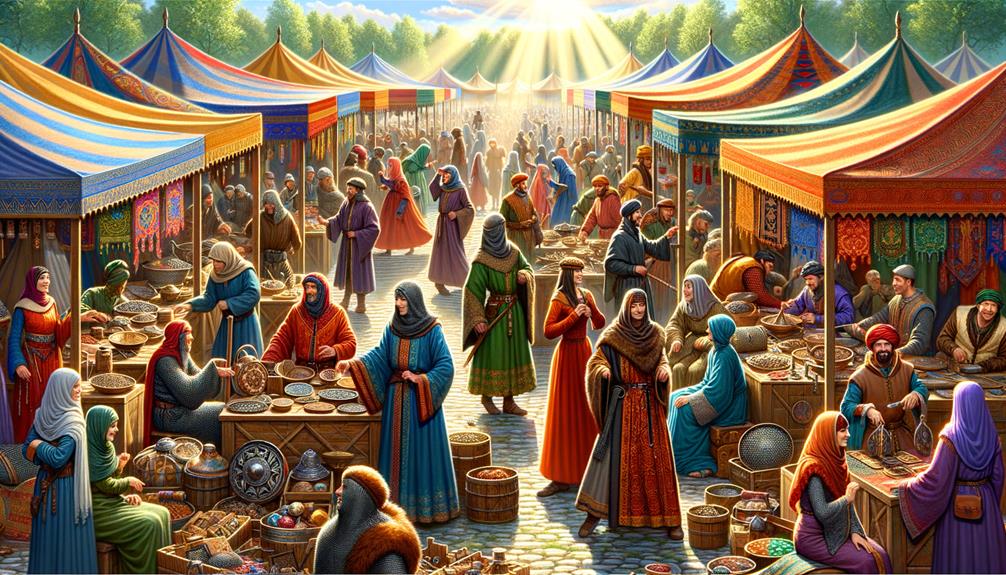
Finding the perfect medieval attire for fairs and festivals is a journey through both online emporiums and local costume shops brimming with historical charm. Online marketplaces like Etsy and Amazon offer a vast range of styles from peasant to nobility, each piece whispering stories of the past. When considering what to wear to a renaissance fair, exploring key sources that cater to historical authenticity and personalized flair is crucial.
Online marketplaces like Etsy and Amazon host numerous vendors specializing in Renaissance clothing, offering a range of styles. The convenience of browsing from home and reading reviews is undeniable.
Local costume shops are treasure troves that often carry medieval attire perfect for fairs and festivals. They provide a tactile experience where one can feel the fabric and see the craftsmanship up close, ensuring a perfect fit.
Renowned historical clothing designers and reenactment groups craft authentic medieval garments. Opting for a customized outfit can make one's attire unique, reflecting personal tastes and historical accuracy.
Frequently Asked Questions
What Should I Wear to a Medieval Festival?
I ponder the possibilities of dressing up for a medieval festival. Should I go for a historically accurate velvet Renaissance dress, a whimsical fantasy costume, or a simple yet comfortable peasant outfit? Perhaps I'll find a balance between historical accuracy and creative flair to create a unique and respectful look.
What Did People Wear to Medieval Feasts?
I've always been fascinated by the grandeur of medieval feast attire. Noble guests would flaunt their wealth with lavish fabrics like silk and velvet, while commoners wore more humble garments made of wool or linen. The intricate embroidery and ornate accessories that adorned each outfit made them truly breathtaking.
What Should I Wear to Medieval Times?
Here's a rewritten version of the text that's more conversational and natural, avoiding the listed AI words:
For my visit to Medieval Times, I'm going to channel my inner knight by wearing a handcrafted tunic and chainmail. I want to blend traditional medieval style with a touch of creativity, capturing the spirit of chivalry and bravery.
Let me know if this meets your requirements!
What Did Medieval People Do at Festivals?
At medieval festivals, people showcased their skills in crafts, music, and storytelling. Social classes mingled freely, enjoying feasts, traditional dances, and games like jousting. These celebrations also featured religious ceremonies, which added a profound, communal sense to the festivities.
